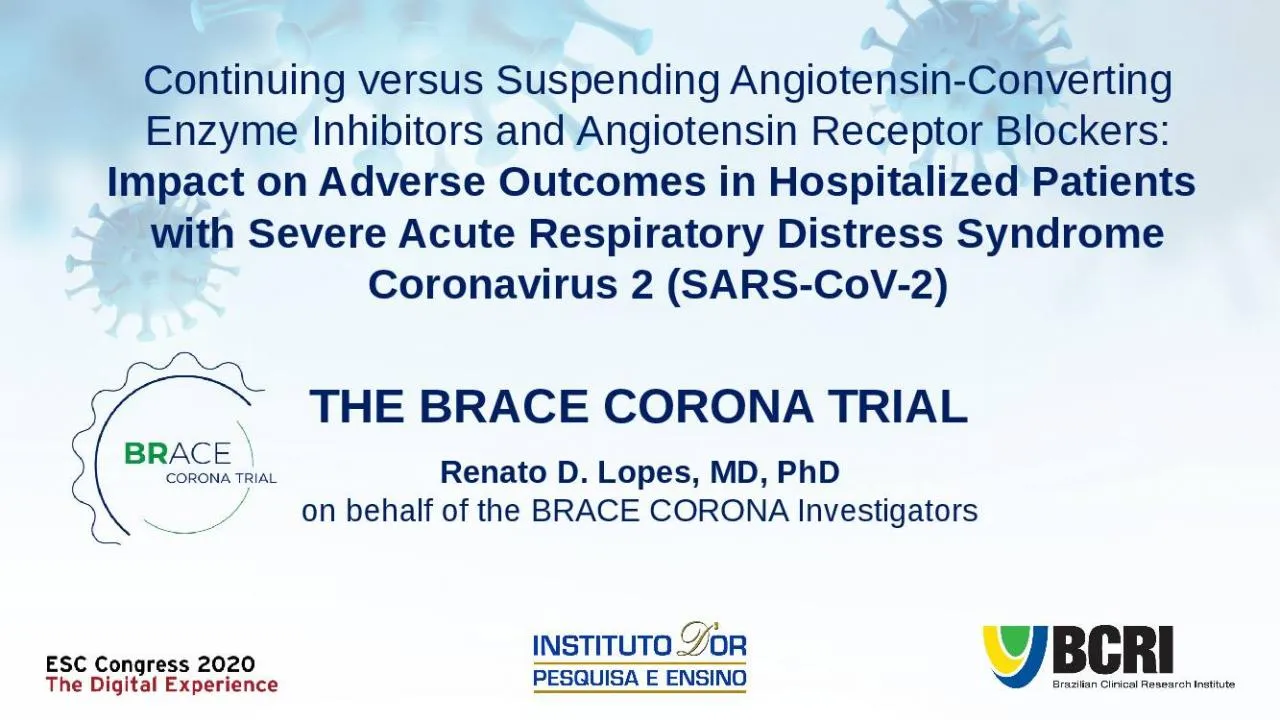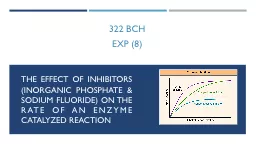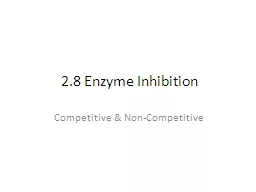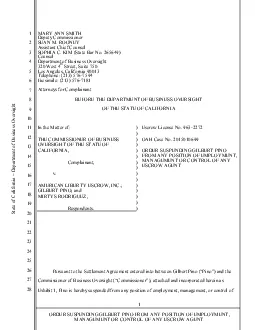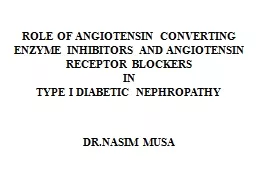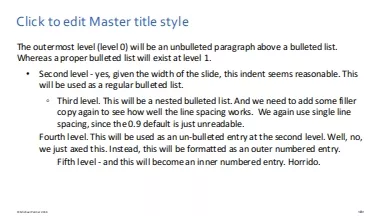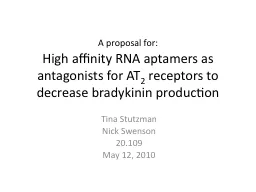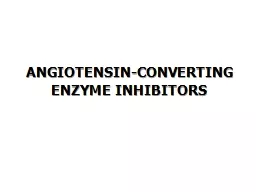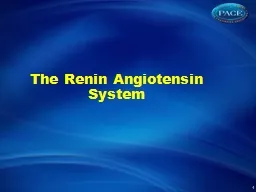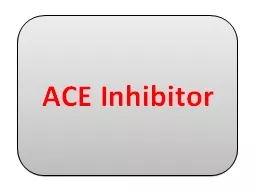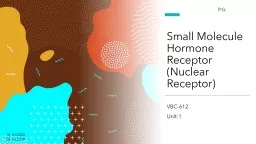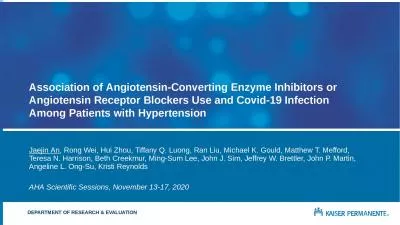PPT-Continuing versus Suspending Angiotensin-Converting Enzyme Inhibitors and Angiotensin
Author : iris | Published Date : 2022-02-10
Blockers Impact on Adverse Outcomes in Hospitalized Patients with Severe Acute Respiratory Distress Syndrome Coronavirus 2 SARSCoV2 THE BRACE CORONA TRIAL Renato
Presentation Embed Code
Download Presentation
Download Presentation The PPT/PDF document "Continuing versus Suspending Angiotensin..." is the property of its rightful owner. Permission is granted to download and print the materials on this website for personal, non-commercial use only, and to display it on your personal computer provided you do not modify the materials and that you retain all copyright notices contained in the materials. By downloading content from our website, you accept the terms of this agreement.
Continuing versus Suspending Angiotensin-Converting Enzyme Inhibitors and Angiotensin: Transcript
Download Rules Of Document
"Continuing versus Suspending Angiotensin-Converting Enzyme Inhibitors and Angiotensin"The content belongs to its owner. You may download and print it for personal use, without modification, and keep all copyright notices. By downloading, you agree to these terms.
Related Documents

